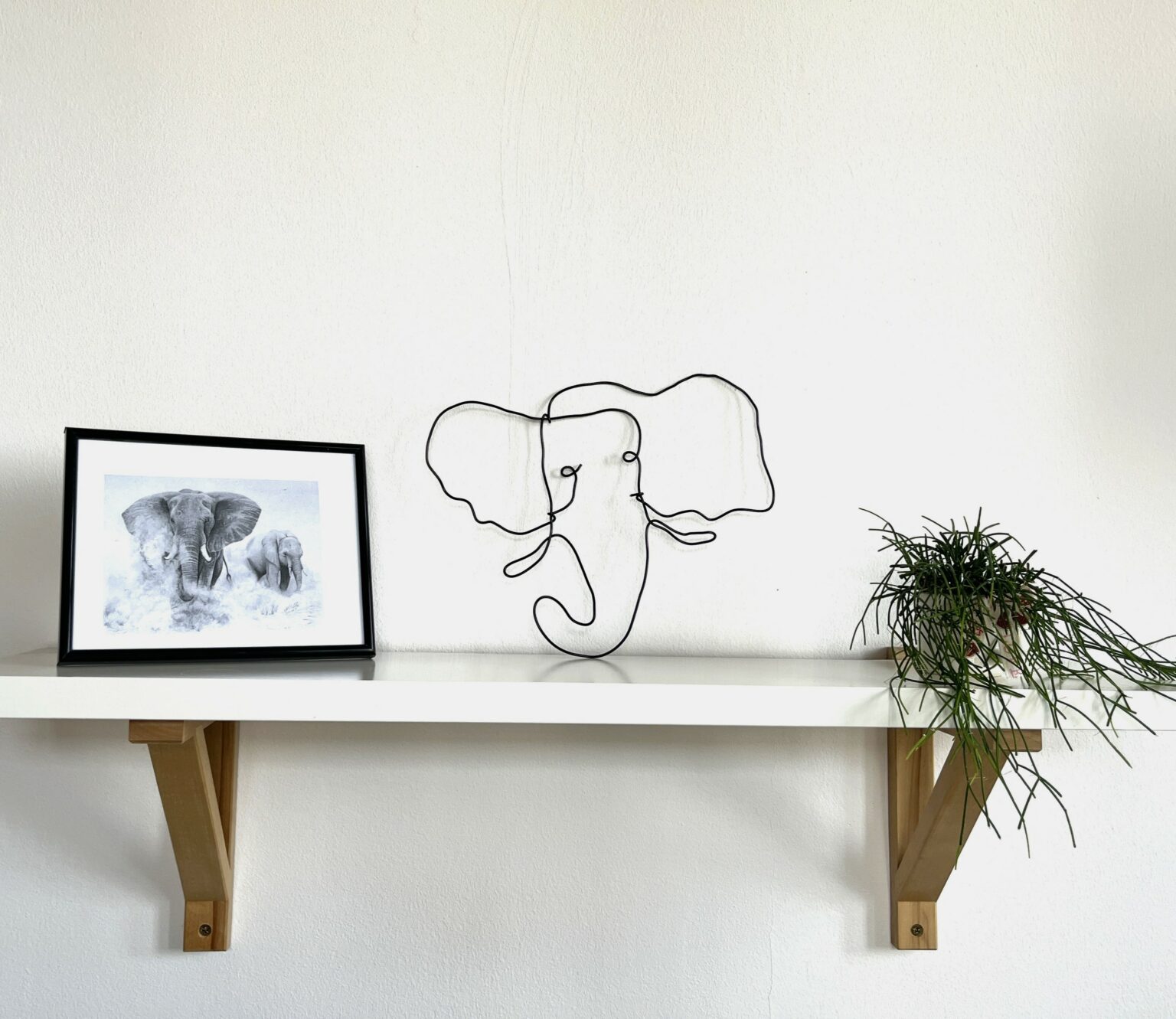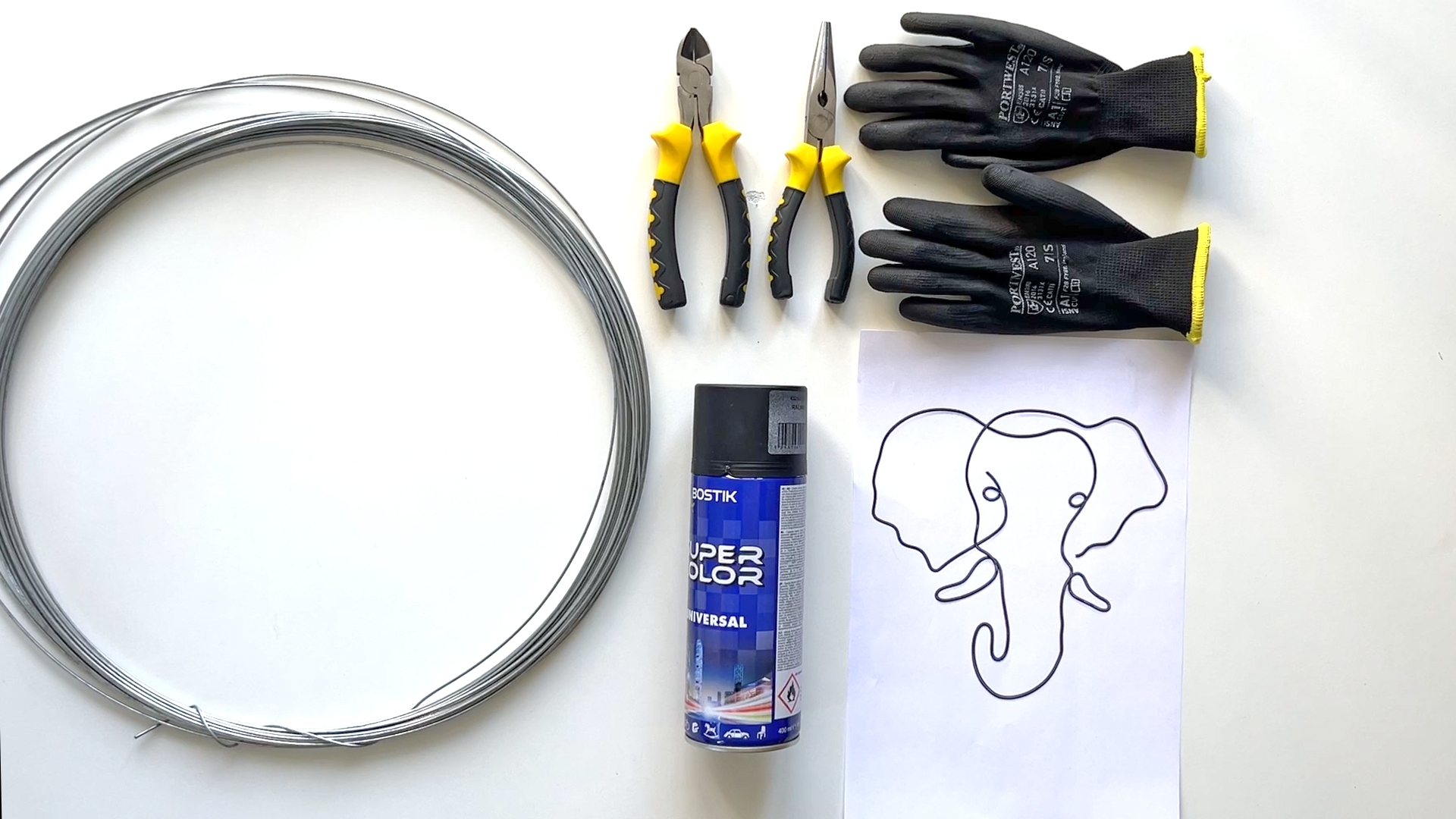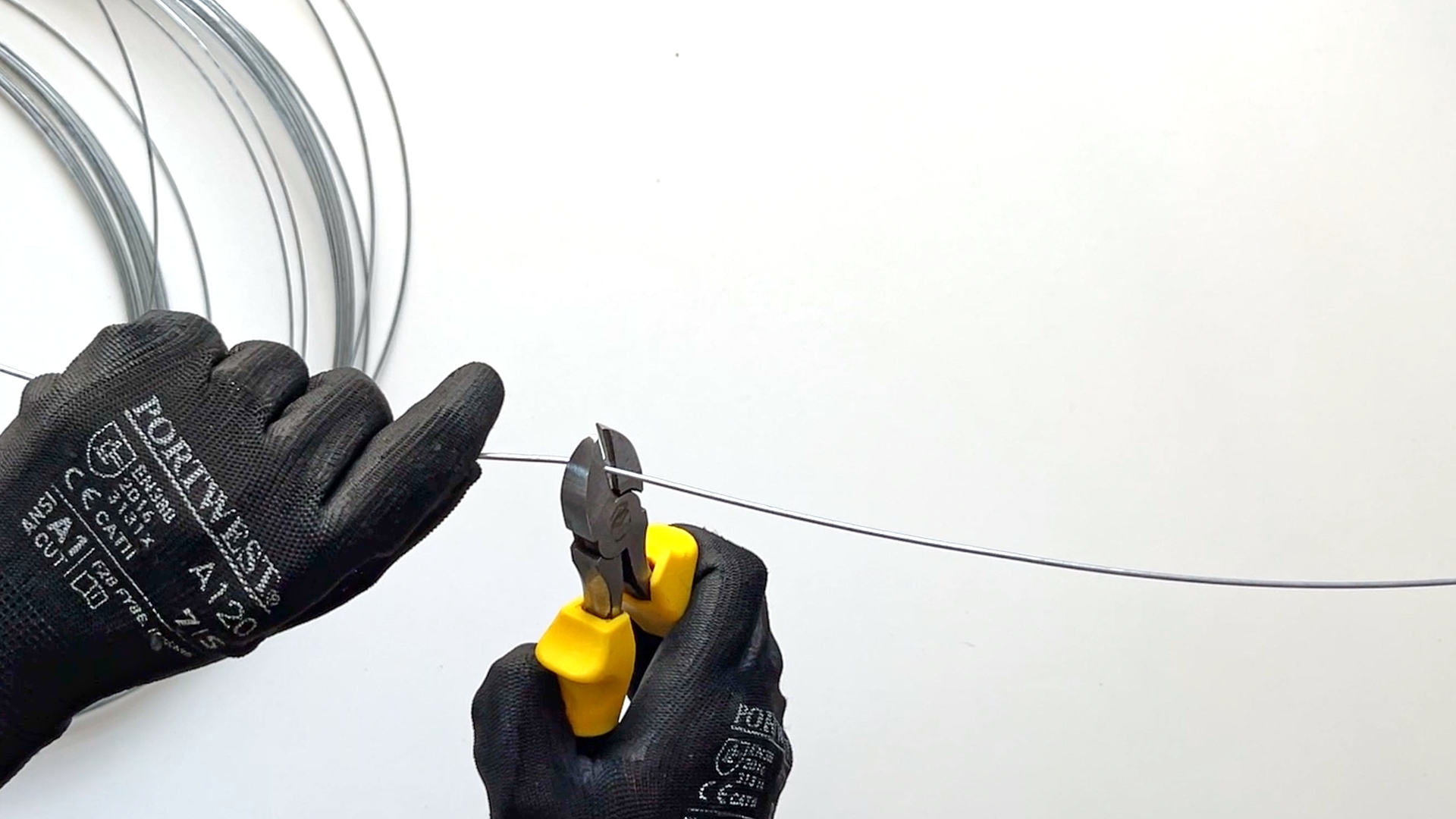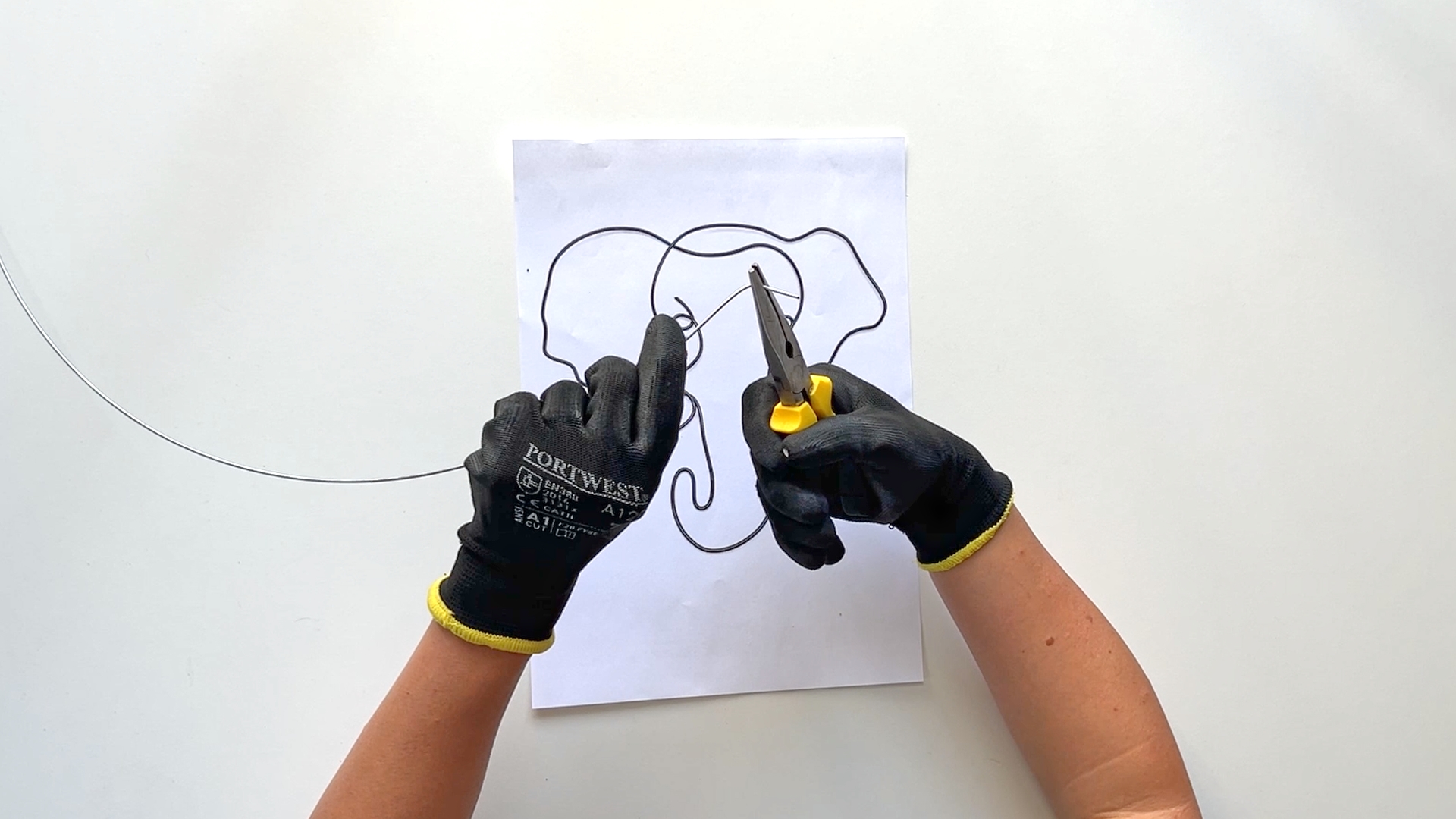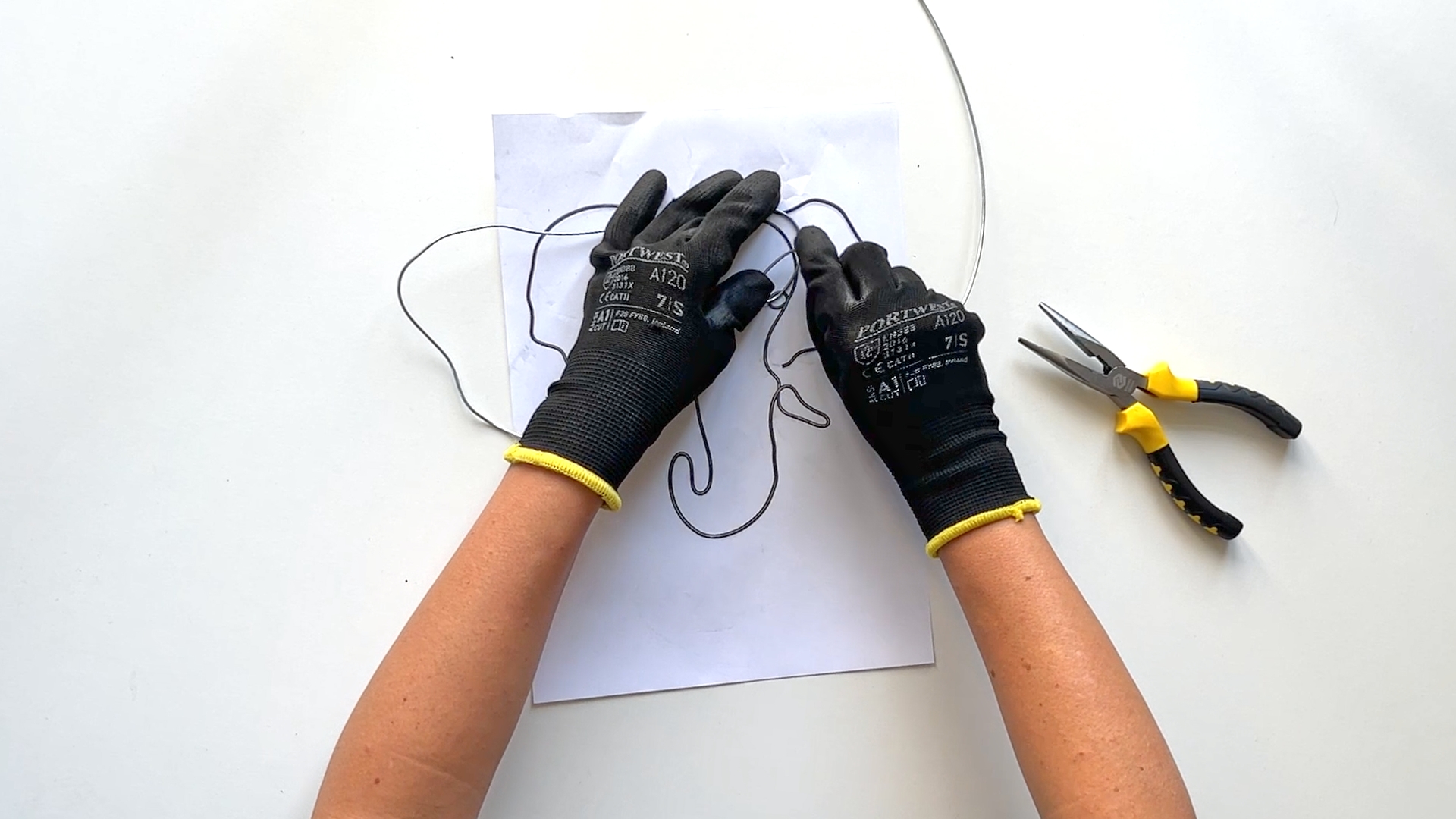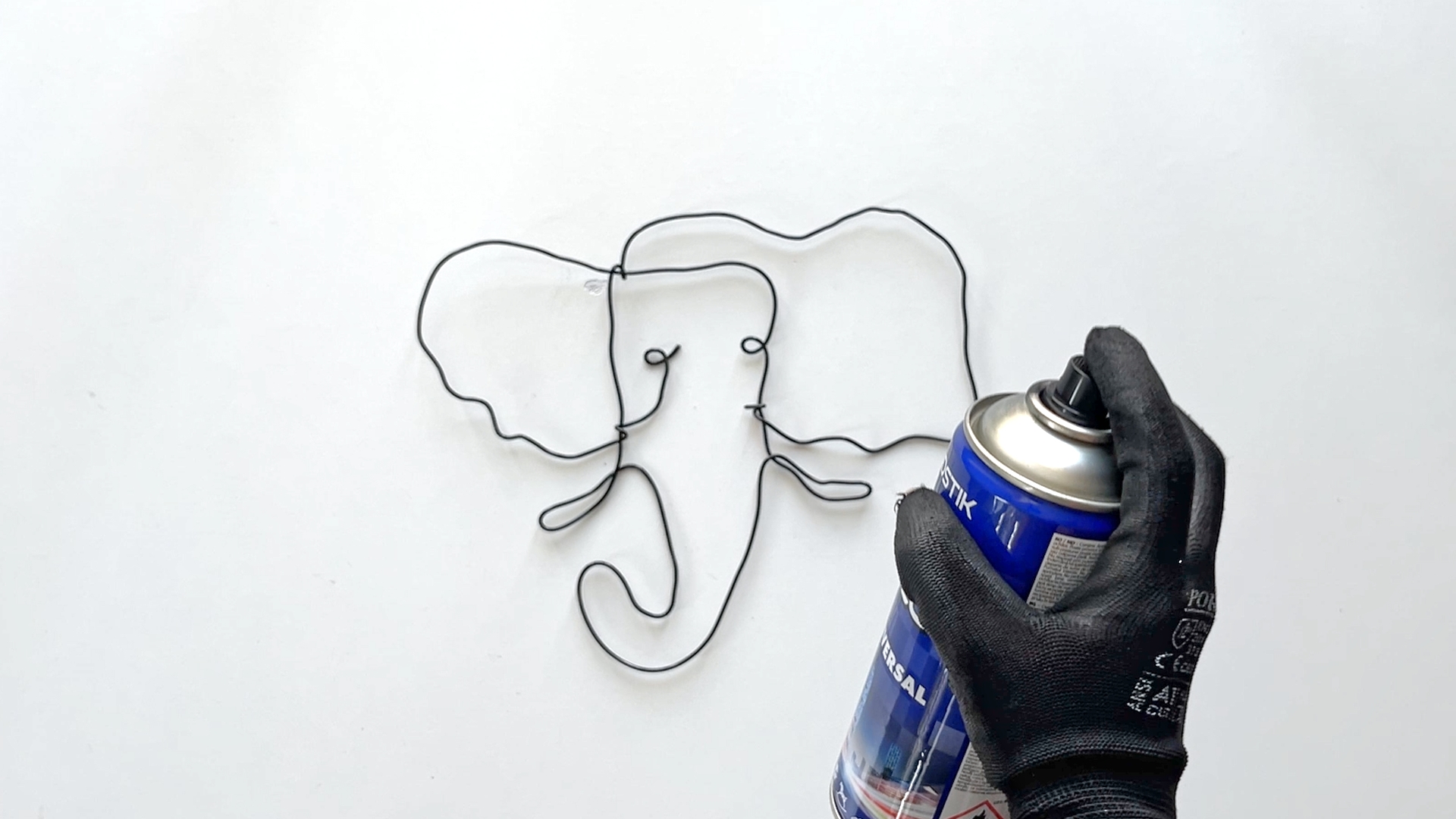World Elephant Day: DIY Elephant Wire Wall Art
August 12 is World Elephant Day, highlighting the need for elephant preservation. Wire Fence created a DIY elephant wire wall art to raise awareness. Displaying this simple but powerful piece of art will remind us of their beauty and importance, leading to increased conservation efforts.
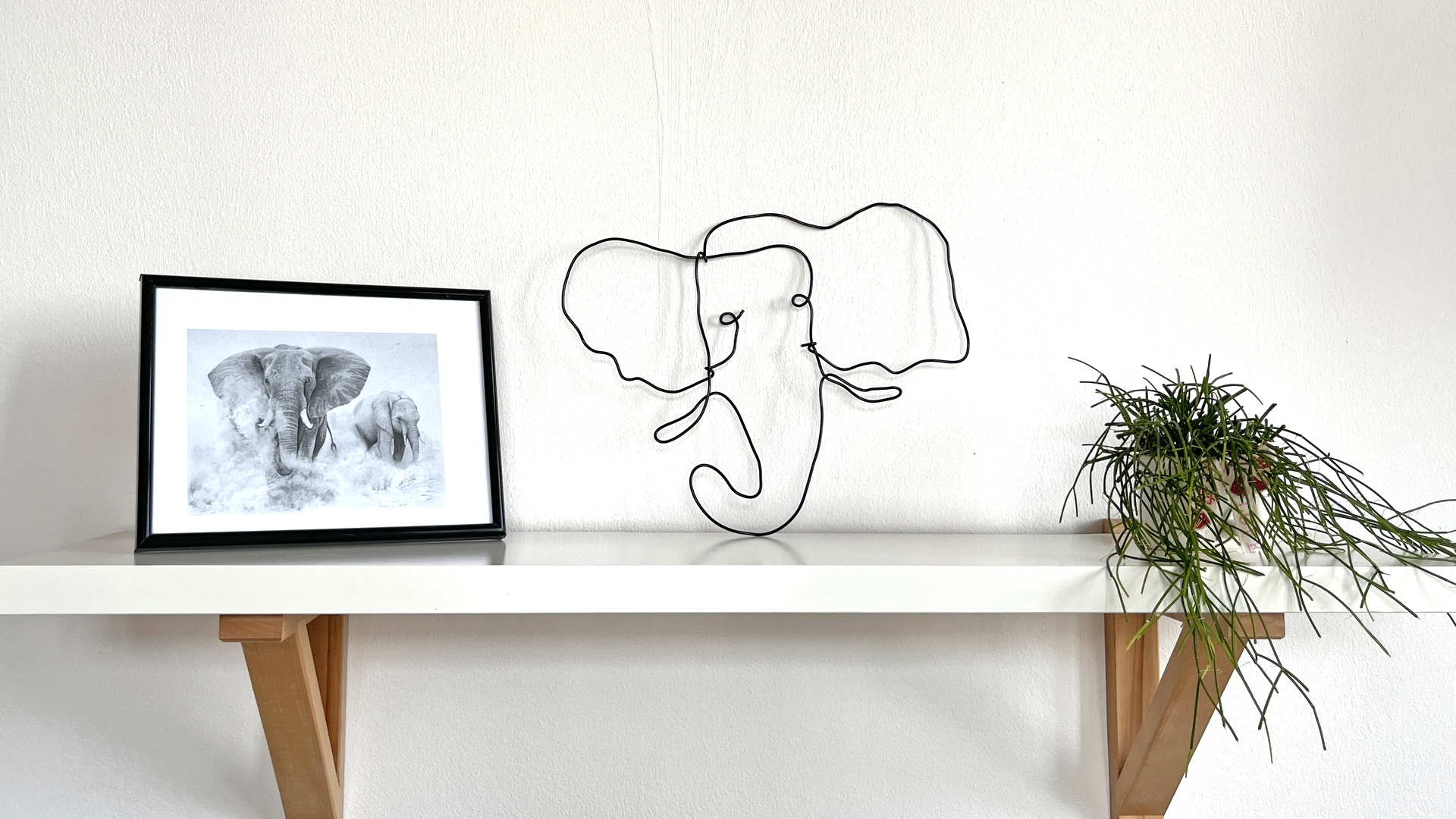
What is World Elephant Day?
World Elephant Day, observed on August 12th, is a global event to raise awareness about the threats these beautiful animals are facing. These threats include habitat loss, poaching, human-wildlife conflict, and mistreatment in captivity.
Step-by-Step Tutorial
This blog will guide you through creating your own elephant wire wall art. Simply follow the step-by-step instructions provided below.
- Experience Required: Low
- Tools Required: Protective Gloves, Pliers, Wire Cutters, Spray Paint (optional)
- Materials Required: Tensioning Wire, Optional: sketch of an elephant (printed or drawn)
Step 1) Gather Your Materials
- Gather the materials needed for this project.
Step 2) Cut the Tension Wire
- Cut a piece of tension wire into the desired length.
Step 3) Start Shaping Your Elephant Wire Wall Art
- Begin forming the wire around the template or freehand it. Use the pliers to help bend it into curves and shapes.
- Start with forming the head.
Step 4) Finish the Shape
- Continue bending the wire to complete the outline of the head, returning to the starting point.
- Twist and secure the ends.
- Use your pliers to tweak and adjust the shapes until you are satisfied with the overall look.
Step 5) Paint Your Shape
- Optionally, you can paint it to any colour you’d like.
Step 6) Finished Project

- Congratulations! You’ve created a beautiful elephant wire wall art.
Tips and Tricks
- Smooth Curves: Use round-nose pliers for smooth, rounded curves, and flat-nose pliers for sharp angles and adjustments.
- Measure Twice, Cut Once: Always measure and estimate the wire length before cutting to avoid wastage.
- Symmetry: For a balanced look, make sure the ears are symmetrical. Use a ruler as a guide.
- Gentle Bends: Make gentle bends to avoid kinks in the wire. If you do get a kink, use pliers to carefully straighten it out.
- Overlap and Twist: When finishing the piece, overlap the wire ends slightly and twist them together.
- Painting Tip: For a smooth paint finish apply light, even coats of spray paint. Rotate the piece to ensure all angles are covered.
- Colour of your choice: Choose a colour that fits your home’s design.
- Drying Time: Allow adequate drying time between paint coats to avoid smudges and fingerprints.
Video
Organisations to Support
In celebration of Elephant Day, we explore the beauty of elephant wall art—a striking tribute to these incredible creatures. As we admire this artistic representation, it’s vital to also support real-world efforts to protect these animals. Here are some organisations you can support to help ensure a future where these majestic creatures thrive:
- The Elephant Foundation is a Hong Kong-based charity focused on ending illegal wildlife trade and poaching. They achieve this through education, awareness campaigns, and fundraising to support conservation efforts in East Africa.
- The International Elephant Foundation actively works to conserve African and Asian elephants worldwide. It supports projects that focus on habitat protection, anti-poaching efforts, and community education.
- Save the Elephants is a Kenyan conservation organisation with the aim of securing a future for these majestic animals. They conduct research, implement tracking technologies, and promote coexistence with humans. Additionally, they focus on protection, habitat preservation, and community education to ensure these creatures’ survival and well-being.
- Save Elephant Foundation is a Thai non-profit organisation committed to the rescue and rehabilitation of Asian elephants and other animals. By promoting sustainable ecotourism, community education, and environmental protection, they offer sanctuary and enhance the welfare of these rescued animals in Southeast Asia.
- Elephant Family is a UK-based charity focused on protecting Asian elephants and their habitats. They work through conservation projects, campaigns, and community initiatives to promote human-wildlife coexistence and biodiversity in South Asia.
- The Elephant Crisis Fund is a collaborative initiative with the aim to end the ivory crisis and secure a future for these majestic creatures by funding and supporting the most effective conservation efforts worldwide. Managed by Save the Elephants and the Wildlife Conservation Network, it ensures that 100% of donations are deployed directly to the field for projects addressing poaching, ivory trafficking, and human-wildlife conflict.
- Elephants for Africa is protecting endangered African elephants through research and education. Based in Botswana, they focus on understanding the ecological and social needs of males, addressing human-wildlife conflict, and empowering local communities to foster coexistence and conservation leadership.
- The Elephant Protection Initiative Foundation is a coalition of 21 African countries committed to conserving elephants by ending the ivory trade and managing ivory stockpiles. They focus on developing long-term strategies and promoting human-wildlife coexistence.
- Action for Elephants UK is a grassroots group which works to end the slaughter of elephants in the wild and to advocate against their captivity and abuse. Through activism and advocacy, AFE-UK spreads awareness of the threats facing elephants – habitat loss, human-elephant conflict, poaching, climate change – and the many ways people can take action to help them.
You can read more about Action for Elephants‘ crucial fundraising campaign on JustGiving. They are raising funds to replace a live tusker with a mechanical one at a temple in Kerala, ensuring that religious ceremonies are conducted safely and in a cruelty-free manner. - Elephants Alive is a conservation organisation focusing on ensuring the survival of these majestic creatures in southern Africa through scientific research and innovative protection strategies. They work on monitoring their movements, promoting human-wildlife coexistence, and protecting habitats.
- The Mara Elephant Project (MEP) (MEP) was established in 2011 with the mission of protecting elephants and their habitats across the Greater Mara Ecosystem (GME).
While poaching emerged as the number one threat to elephants in 2012, when 96 elephants were killed for their ivory, now, the expansion of the human footprint resulting in increased conflict and habitat loss is the crisis the Mara faces. MEP focuses on four aims to connect the dots in conservation: elephant population protection, elephant habitat protection, human-elephant co-existence, and landscape connectivity. Our approach is to Monitor, Evaluate & Protect, or the “MEP” Method. MEP deploys innovative techniques and technologies to monitor the four dots. MEP builds bespoke technologies that evaluate conservation data and produce actionable outputs to influence policy, landscape planning, and the deployment of resources. MEP deploys Kenyan rangers and researchers to protect elephants, habitats, communities, and connectivity. – Dibblex Lesalon Communications Officer Mara Elephant Project
- Asian Elephant Support (AES) is committed to the conservation of Asian elephants by providing financial assistance and support to organisations and individuals working in their native range countries. Their efforts focus on enhancing the welfare, medical care, and protection of these animals through various on-the-ground projects and initiatives.
- How Many Elephants uses design-led exhibitions to highlight the annual poaching of 35,000 elephants in Africa, aiming to inspire and educate a global audience about the ivory trade’s devastating impacts. The charity also collaborates with and supports female rangers on the front line in Africa.
- Southern Thailand Elephant Foundation aim is to improve the welfare of captive elephants in Southern Thailand. The foundation focuses on providing better living conditions, healthcare, and education to mahouts and the public to promote ethical and sustainable tourism.
- The Human Elephant Foundation works to promote harmonious coexistence between humans and elephants in South Africa. Through educational programs and community outreach, the foundation aims to foster understanding and support for their conservation and the preservation of their natural habitats. Additionally, the foundation utilizes life-sized elephant shaped installations—approximately 20 of which are displayed globally—to draw attention to their efforts.
- The Hoedspruit Elephant Rehabilitation and Development (HERD) is South Africa’s first dedicated orphanage for these large mammals, focusing on rescuing, rehabilitating, and reintegrating orphans into wild herds. The organisation merges expert care with conservation efforts to ensure the well-being and future of these creatures in their natural environment.
- The Millennium Elephant Foundation (MEF) actively improves the well-being of captive animals in Sri Lanka. Through medical care, shelter, and the promotion of ethical tourism practices, MEF strives to enhance the quality of life for these animals and educate the public about their conservation needs.

